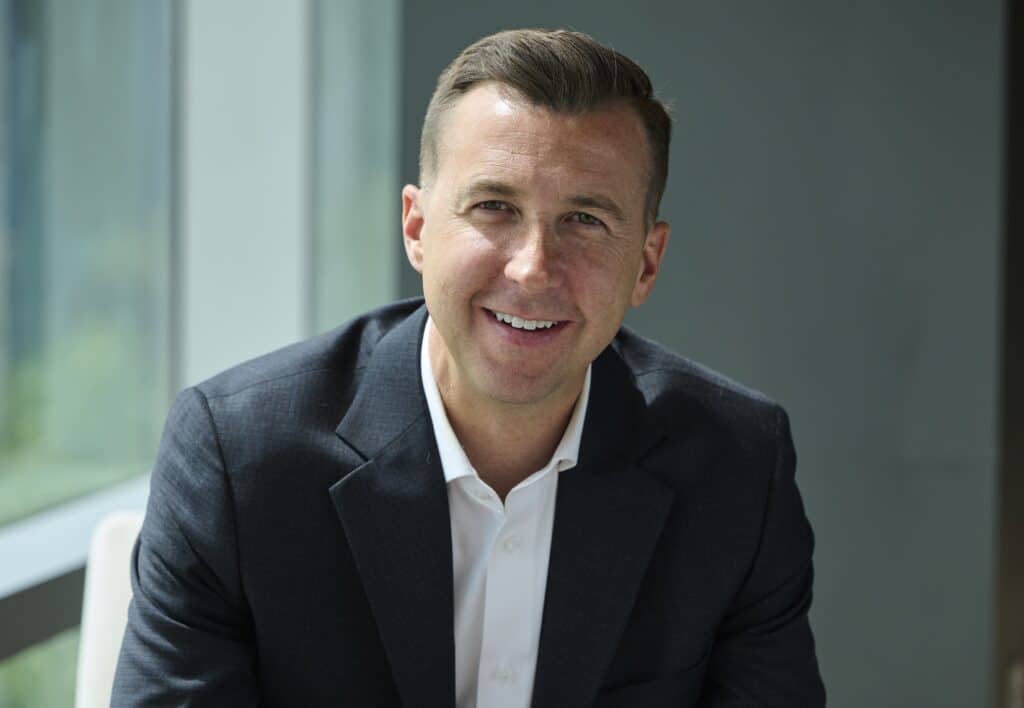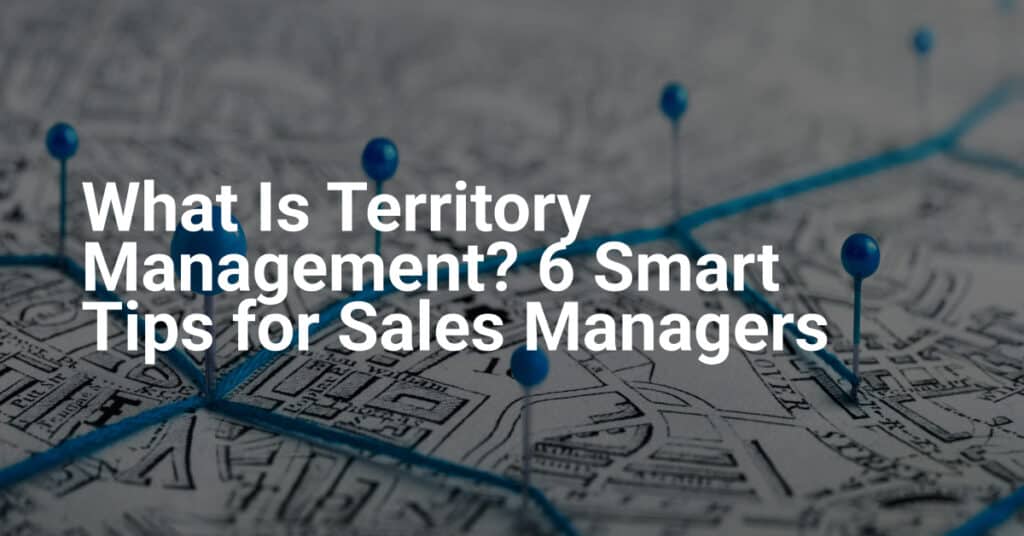As we head into the “new” economic landscape, many companies are taking pause. They are shifting from how they historically operated to plot out a new direction for where they want to head. RevOps leaders also need to pause to ensure they’re best serving the organization’s shifting needs.
How does RevOps shift in this economic environment?
Executives are cooking up big changes to weather the impending recession. But the fact is: change has always been a constant – and it always will be. Yes, we are seeing very rapid change right now. But whether it’s rapid or gradual – markets and organizations are always changing.
- Existing companies merge
- New companies form
- Reps join, get promoted, and leave your organization
- Your resources, GTM segments, sales motions, and coverage models change
- Prospects become new customers
- Existing customers grow or shrink their spend on your products
- Product offerings evolve
Bottom line: change is constant.
These change cycles – both good and bad – are the primary reason that agile RevOps is a key business function.
Why is RevOps often seen as a Cost rather than Revenue driver?
If you have a RevOps organization focused on what I call “running the trains,” they are only able to keep basic processes moving.
- Monitoring the routing engine
- Checking pipeline reporting
- Moving accounts to resolve ownership issues
- Supporting business reviews
Given the state of budget in most organizations, the ability to run trains on time is not enough to be seen as value add to the organization.
When assessing what brings value to the organization, both tools and people are scrutinized. Tools get cut when usage is low or the tech stack has overlapping features that allow for consolidation. People get cut when they are perceived as not contributing to revenue.
In the RevOps world, when someone gets cut, it is often the leader. Ironically, this is particularly true when that leader has successfully designed and built a system that adequately responds to the business needs for that moment. Once you have designed and built a system to run the trains, you are no longer needed. The system you built is running and is adequately responding to the business’s needs. There’s no need to re-design it, so there’s no need to keep the designer, who is the most expensive person on the team, around.
So for RevOps leaders today, the question becomes – how can you move from the Cost side to the Revenue side?
To do that you will need to change your orientation within the business. In order to be seen as a value add, you need to proactively establish advisory relationships with both the CRO and the CFO. Both are looking for a strategic partner – a partner who can think big picture and create novel solutions.
What does it take for RevOps to become a strategic partner?
The simplest way to understand this is through four Head of RevOps archetypes. These are: Responder, Challenger, Architect, and Transformer. Only two of these will keep RevOps from being viewed as an expendable cost.
Responder
Responders are less focused on the future state of the business and more focused on finding and fixing discrete problems. They typically have a limited scope – most often this is an orientation toward sales operations. Very rarely do you see them thinking about marketing operations or customer success operations. By leaning heavily on playbooks from past roles, they look for familiar problems. Essentially, their priority is to fix the table stakes: pipeline reporting, forecasting process, running business reviews, etc. They typically are viewed as fulfilling the “reporting” function and serve as the VP of Sales or CRO’s go-to for KPI reporting. While they are skilled at centralizing data to support reporting and forecasting, their M.O. is to respond to the requests of the sales leadership.
Challenger
Challengers understand the desired future state of the business. As such, they are seen as the chief of staff to the CRO. Their focus is to shape the RevOps function such that it can deliver leadership’s vision. They are also often risk averse. Like the Responder, they like to work with the tried and tested, on the same tactics they used in previous roles. Whether that’s conducting all their planning and modeling with a specific Excel template or writing Apex code in Salesforce – they resist change. Unlike the responder, they understand the business, but they still prefer to minimize risk, even when they know they are sacrificing agility. They are averse to staying on top of new trends. The best quality of the challenger is that they know their playbooks in and out and have the experience to challenge the sales team leaders to think critically about the key metrics.
Architect
Architects understand the rationale behind the desired future state. They are hands-on and keen to architect a new way of doing business to support the organization’s needs in the future. They own the entire GTM cycle and help the organization understand the customer journey. By crafting a compelling vision of a truly integrated marketing, sales, and customer success, they are able to break down silos between these functions. Their orientation to creative solutions allows them to build innovative ways to do more with less. They also have organizational experience needed to get buy-in for initiatives that will transform the business. Their other crucial skill is the ability to maintain relationships with finance and communicate the value of their initiatives. They are architects not only of systems but they are also visionaries. Perhaps most importantly, they have the organizational support and buy-in needed to get them built.
Transformer
Transformers partner with the CRO and CFO in envisioning the desired future state. They take an active role in deciding how to go to market. The CFO and CRO rely on their input to key decisions, such as “Should we enter new markets or create new verticals?” and “When and for what roles should we hire?” They are adept at anticipating market changes. By using data to help drive decisions, they cultivate a nimble responsive organization. When they try something new, they integrate learnings and continually update their playbook. They transform organizations by keeping RevOps oriented toward innovation that impacts Revenue.
Which RevOps leaders will be seen as Revenue drivers?
When it comes to the profile of a RevOps leader that is seen as driving revenue – only Architects and Transformers will make the cut. Responders risk being one-trick ponies who will not continue to add value once their playbooks have been spent. Challengers, lacking a strategic vision, will not provide sufficient value when times get tough. Architects and transformers are ideal leaders for companies growing rapidly or established organizations that are eager to fight organizational atrophy and desire to stay lean and relevant.










